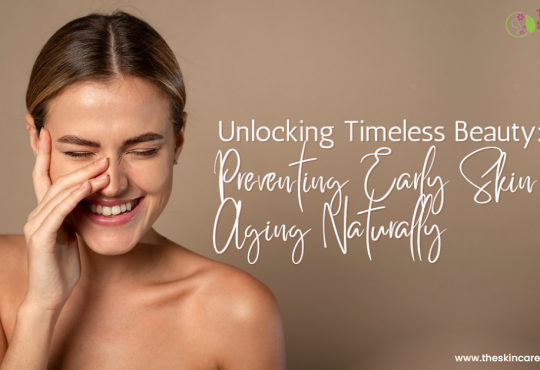As we age, it’s not uncommon to notice the emergence of skin moles. These small, often pigmented growths can appear anywhere on the body and are usually benign. While the sudden appearance of moles can be concerning, it’s important to understand why this occurs and what preventive measures can be taken to maintain healthy skin. In this article, we’ll delve into the reasons behind the development of skin moles with age and explore strategies for prevention and early detection.
Why Do Skin Moles Appear as You Age?
- Genetics: Genetics play a significant role in the development of skin moles. If your family has a history of moles, you may be genetically predisposed to develop them as well.
- Sun Exposure: Overexposure to the sun’s harmful UV rays is a leading cause of mole development. Sun damage can trigger changes in skin cells that lead to the formation of moles. It is essential to protect your skin from excessive sun exposure to minimize this risk.
- Hormonal Changes: Fluctuations in hormone levels, which often occur with age or during pregnancy, can contribute to the development of skin moles. These hormonal shifts can stimulate the growth of pigmented skin cells.
Preventive Strategies for Skin Mole Development:
- Sun Protection: One of the most effective ways to prevent the formation of new moles and minimize the risk of skin cancer is to protect your skin from the sun. This includes wearing sunscreen with at least SPF 30, seeking shade during peak sun hours, and wearing protective clothing, such as wide-brimmed hats and long sleeves.
- Regular Skin Checks: Engage in regular self-examinations to monitor any changes in your moles. If you notice a new mole or any alterations in the size, shape, color, or texture of an existing mole, consult a dermatologist promptly.
- Avoid Tanning Beds: Tanning beds emit harmful UV radiation that can accelerate the development of moles and increase the risk of skin cancer. It’s best to avoid tanning beds altogether.
- Hormone Management: If you experience hormonal fluctuations due to pregnancy or menopause, consult with a healthcare professional for guidance on hormone management. Maintaining hormonal balance may help reduce the formation of new moles.
- Dermatologist Visits: Schedule regular check-ups with a dermatologist, especially if you have a family history of skin conditions or have noticed an increase in mole development. Dermatologists can provide early detection and intervention if necessary.
- Hydration and Nutrition: Proper hydration and a diet rich in antioxidants, vitamins, and minerals can promote overall skin health. Staying hydrated and consuming a balanced diet can support skin regeneration and reduce the risk of abnormal mole development.
In conclusion, the appearance of skin moles as you age is a natural process influenced by genetics, sun exposure, and hormonal changes. While most moles are harmless, it’s essential to take preventive measures to protect your skin and detect any changes early. By practicing sun safety, conducting regular self-examinations, and seeking professional advice when needed, you can maintain healthy, mole-free skin as you age. Remember that skin health is a lifelong journey, and taking steps to protect it is an investment in your overall well-being.





